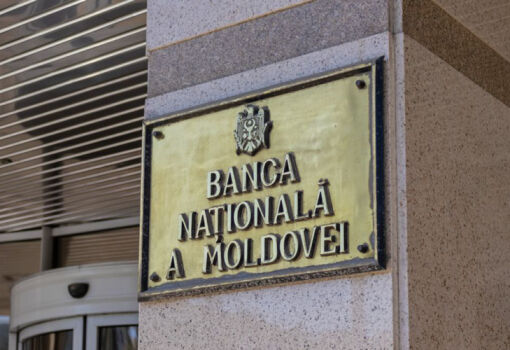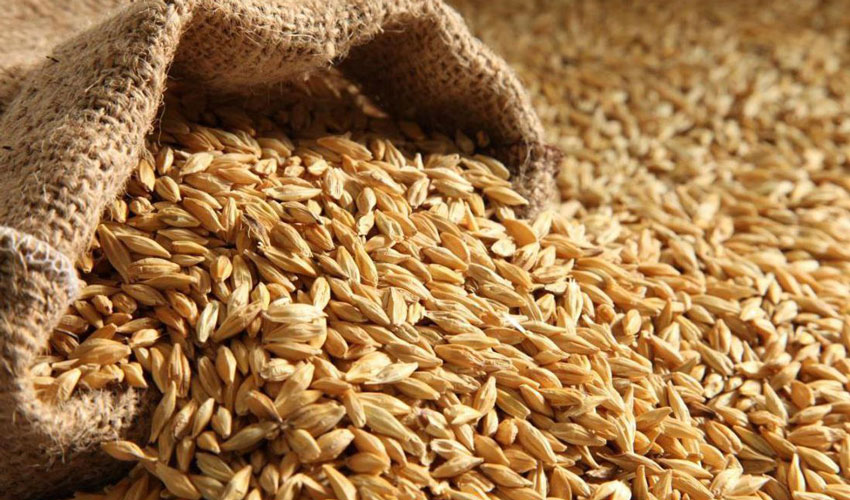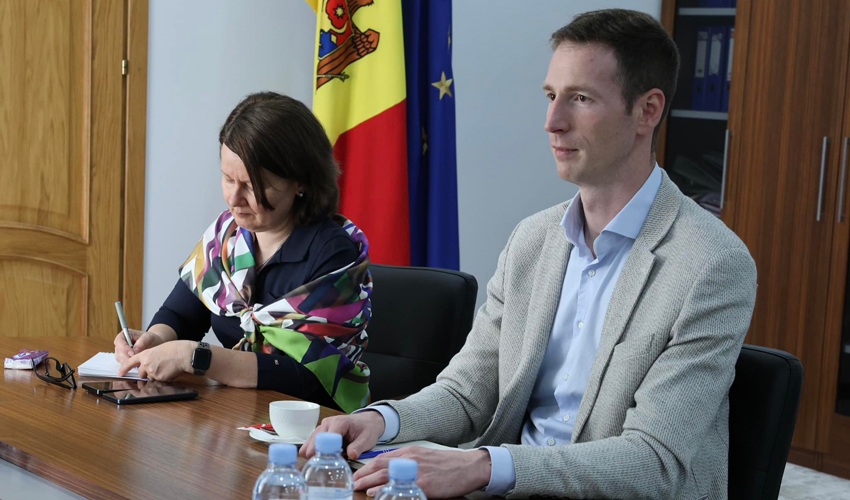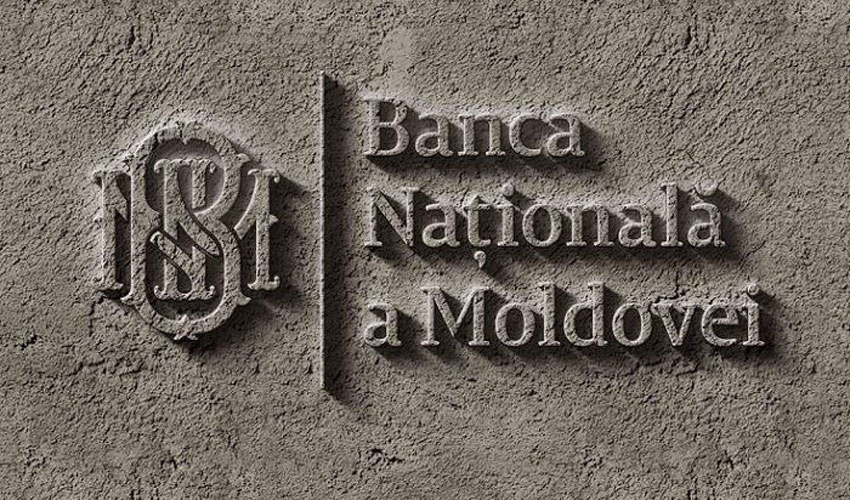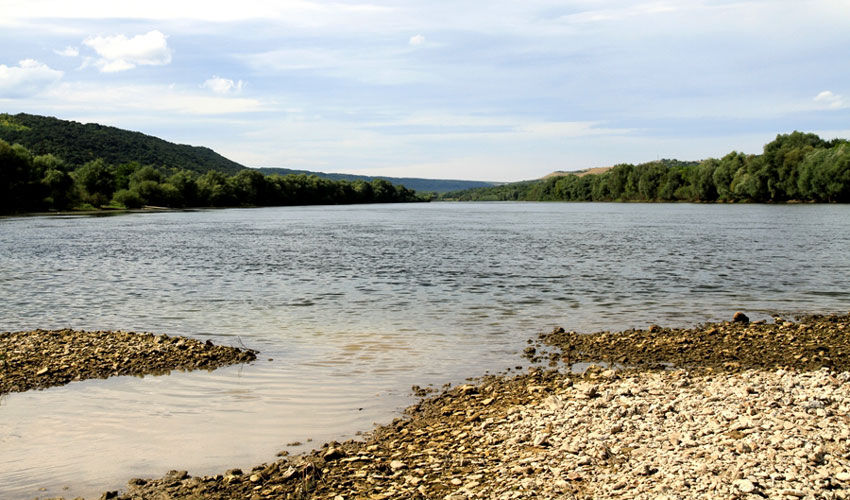
Rodica Ceban, chief specialist of the Agency “Apele Moldovei”, told about it on the air of public radio.
According to her, at present, the discharge flow rate of the Dniester reservoir is 100 cubic meters per second and the same amount of water inflow, which is enough to meet drinking, agricultural and other needs. However, if this flow rate decreases, Apele Moldovei will have to start negotiations with the Ukrainian side (in accordance with the international convention) to agree on increasing the discharged water to the level of 100 cubic meters per second – that is, to the minimum necessary volume to meet Moldova’s needs.
According to Maria Alii, chief engineer of the Hydrological Forecasts Department of the Hydrometeorological Service, the most critical situation is on small rivers such as the Cainar and Cubolta in the north and the Botna in the south.
“In the case of these small rivers, there is a possibility of temporary drying up of the water, given the current high temperatures and lack of precipitation: it is possible to dry up some sections or even the entire channel. There are reservoirs built on these rivers, and if the rivers dry up, it is possible that these reservoirs will dry up as well,” she explained.
Tudor Kastravec, Associate Professor, Doctor of Sciences, Ion Creanga State Pedagogical University, noted that the water level in the country’s reservoirs is influenced not only by weather conditions and the efficiency of water resources management, but also by the evapotranspiration factor.
“There has been a change in the evapotranspiration process. More water is evaporating now and will continue to evaporate than a few decades ago. At least the modeling that has been done shows that against the backdrop of rising temperatures, this process will continue as temperatures continue to rise further into this century. If we are lucky, temperatures will rise by 1.5 degrees, if less – by 2-3 degrees compared to current values. And that means, first of all, more evaporation. This means less water in the soil, lakes, rivers and, as a consequence, the need to manage our water resources even more efficiently,” he emphasized.
The Hydrometeorological Service of the Republic of Moldova issued a hydrological warning valid from July 5 to July 8, 2025, regarding the low water flow in the country’s rivers. It is possible that the warning will be prolonged. At the same time, the yellow code of meteorological danger due to the heat wave was prolonged until July 9.








